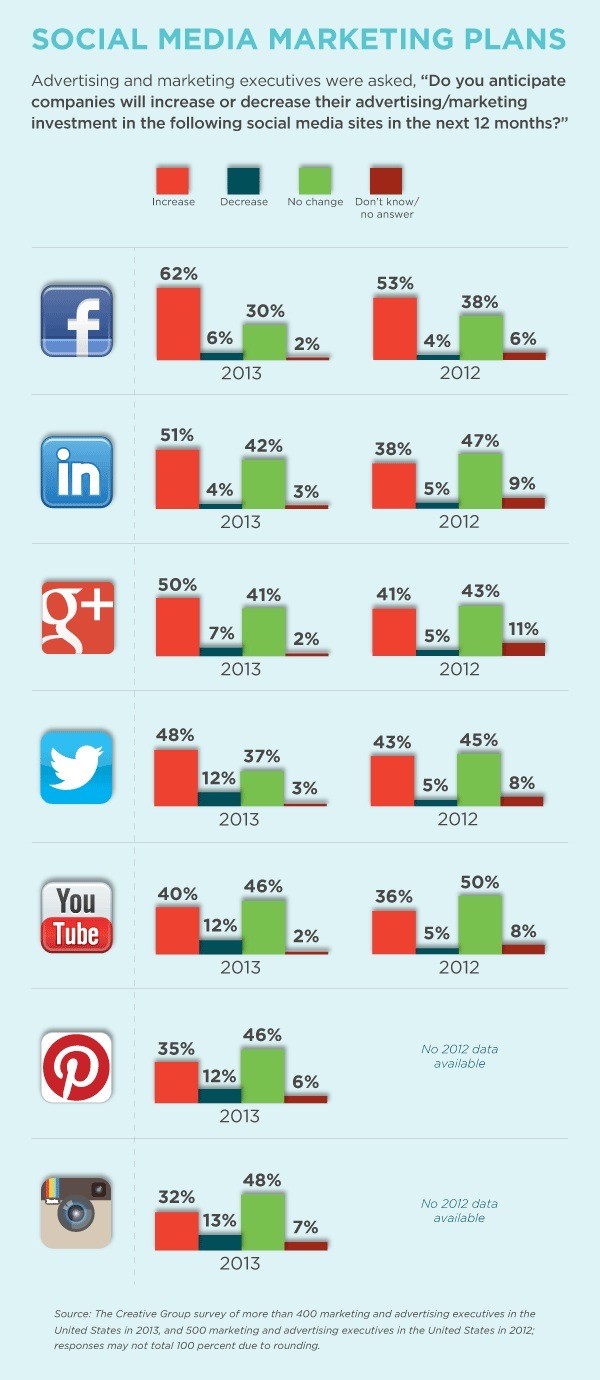
Ein schönes altes Sprichewort sagt: “Was lange währt, wird endlich gut!” Und ja, es hat etwas gedauert. Der Weg war beschwerlich, weil die Bürosuche in München nicht die einfachste ist. Zwischenzeitlich hatten wir und auch Weggefährten schon bald nicht mehr daran geglaubt, dass wir das jemals schaffen werden. Aber wir haben auch auf das Besondere gewartet. Das haben wir nun gefunden. Endlich!

Mitte Juni sind wir in unser Büro in der Schleißheimer Straße 6 eingezogen und genießen nun einen fantastischen Ausblick auf den Löwenbräukeller und haben eine super Sicht auf das Geschehen am Stiglmaierplatz. Und wenn wir unsere Gedanken schweifen lassen wollen, dann blicken wir in wunderschöne Platanen vor unserem Fenster. Das Büro hat übrigens Historie: Schon Bully Herbig hat mit seiner Produktionsfirma hier gearbeitet. Also kann doch eigentlich alles nur fröhlich und positiv laufen, oder…?
Wir haben Platz für Expansion. Wir haben neue Ideen. Wir freuen uns auf den Ausbau des Teams. Und offiziell haben wir den Bezug des Offices mit einer Pressemitteilung bekannt gemacht, in der die Intensivierung unserer Zusammenarbeit im Vordergrund steht…
Talisman und The Strategy Web intensivieren Zusammenarbeit
Die Münchner Beratungsunternehmen Talisman und The Strategy Web GmbH rücken näher zusammen. Die bereits seit zwei Jahren bestehende Kooperation im Bereich der internationalen Unternehmenskommunikation sowie Web- und Businessstrategie wird am neuen Standort in der Schleißheimer Straße 6 in München ausgebaut.
Von dort aus agieren die Inhaber Heike Bedrich (Talisman Kommunikation und Imagebildung) und Martin Meyer-Gossner (The Strategy Web GmbH) ab sofort gemeinsam unter einem Dach für Kunden wie dmexco, DG (Media Mind), Brandwatch, Media Group One, myNewsdesk und Projectplace. In den nächsten Monaten wird der Ausbau des Teams und die Ausweitung der internationalen Projektbetreuung forciert.
„Die Idee, räumlich näher zusammenzurücken und damit auch das Angebot von Talisman und The Strategy Web besser zu verbinden, reift schon seit längerem. Wir konnten in den bereits gemeinsam gestarteten Projekten immer wieder feststellen, dass unsere unterschiedlichen Kompetenzen und Herangehensweisen in der Beratung und Umsetzung internationaler Projekte einen entscheidenden Wettbewerbsvorteil bieten“, sagt Heike Bedrich, Inhaber von Talisman Kommunikation und Imagebildung.
„Jedes Unternehmen, das kommunikativ und international ganz vorne mitspielen möchte, braucht eine Webstrategie, die sowohl Kommunikation, Marketing, Sales als auch F&E und Human Ressources vereint. Speziell Unternehmen in der Internationalisierungsphase brauchen hier Unterstützung. Da konnten wir schon oft erfolgreich unsere Stärken verbinden und gemeinsam helfen”, ergänzt Martin Meyer-Gossner, Managing Director von The Strategy Web GmbH.
Heike Bedrich und Martin Meyer-Gossner starteten ihre Zusammenarbeit mit der Erfindung der „3 Säulen Strategie für Social Media“ und erzielten dafür eine große Aufmerksamkeit in der Szene. Im letzten Jahr wurde Heike Bedrich offiziell Co-Autorin des Blogs Digitalstrategie.com, dem deutschen Part von TheStrategyWeb.com, auf dem die Experten regelmäßig zu Themen aus dem Digital Business schreiben.
Das Team von Talisman und The Strategy Web GmbH wird von einem Netzwerk aus Marketing- und Sales Spezialisten, PR-Beratern, Designern und Programmierern unterstützt.
PS: Und ja, natürlich wird es bald eine Einweihungsparty geben. Stay tuned! Oder kommt auch gerne mal auf einen Kaffee vorbei. Wir freuen uns auf Euch!














